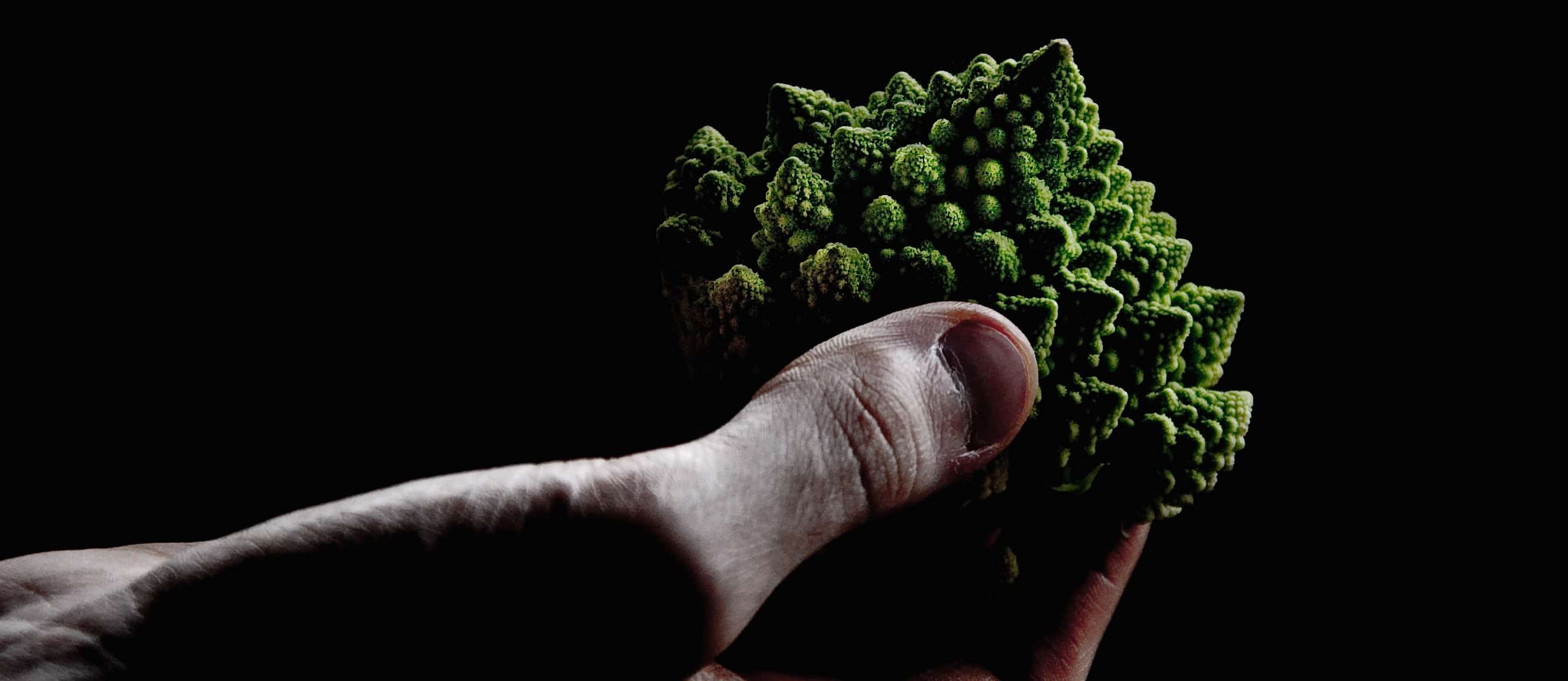It is not very common that a single molecule attracts enough interest to merit international scientific conferences of its own. “Ah receptor,” however, “belongs to the rare elite of such molecules.” Ah receptors are an important factor in how our immune system works. For background, see my video, The Broccoli Receptor: Our First Line of Defense. The latest conference offered “new reports about the way plant-derived compounds in our diet are necessary for a fully functioning immune system of the gut.” One study in particular out of the journal Nature, “expanded our understanding of how diet impacts immunity and health by showing that a plant-derived nutrient profoundly shapes the capacity for intestinal immune defense.” And intestinal defense not only protects us against the pathogens we may ingest, but also against toxic chemicals.
We’re constantly exposed to a wide range of toxins, from such sources as cigarette smoke, exhaust fumes, furnace gases, cooked meat and fish, cow’s milk, and even mother’s milk (because of what mothers themselves are exposed to) as seen in my video Counteracting the Effects of Dioxins Through Diet. Many of these pollutants exert their toxic effects through the Ah receptor system. For example, dioxins invade the body mainly through the diet (where we get more than 90% of our exposure) as it concentrates through the food chain, presenting a serious health concern. But there are phytonutrients in fruits, vegetables, tea, red wine, and beans that block the effects of dioxins at levels close to what we find in people’s bloodstream. Just three apples or about a tablespoon of red onion a day may cut dioxin toxicity in half. And the half-life of these phytonutrients in the body is only about 25 hours, so we have to keep eating these health-promoting foods day after day.
At first we just thought that it was only cruciferous vegetables that could dock in these receptors and fend off toxins, but does that make evolutionary sense? As Lora V. Hooper from the Howard Hughes Medical Institute notes, “Given the variety and flexibility of most mammalian diets, a specific dependence on cruciferous vegetables for optimal intestinal immune function would seem overly restrictive. Rather, it seems likely that many other foods contain compounds with similar immune-stimulatory properties.”
Indeed, “the search for foods containing similar immunomodulatory compounds has begun.” We now know that a wide variety of natural plant compounds can counteract the chemical pollution to which we’re all exposed. There is actually one animal product that has also been shown to potentially block the cancer-causing effects of dioxins: camel urine. Camel urine—but not cow urine—was found to inhibit the effects of a known carcinogenic chemical. Importantly, the researchers emphasize that virgin camel urine showed the highest degree of inhibition, performing better than pregnant camel urine, for example. So the next time our kids don’t want to eat their fruits and veggies, we can just say, “It’s either that, or camel pee.”
I report different mechanisms but similar outcomes in Plants vs. Pesticides and Eating Green to Prevent Cancer.
How Chemically Contaminated Are We? Check out the CDC Report on Environmental Chemical Exposure.
-Michael Greger, M.D.
PS: If you haven’t yet, you can subscribe to my videos for free by clicking here and watch my full 2012 – 2015 presentations Uprooting the Leading Causes of Death, More than an Apple a Day, From Table to Able, and Food as Medicine.
